From Chalkboards to Whiteboards to Smartboards: How Meeting Rooms Have Evolved
Meeting rooms have transformed from chalkboards to smartboards, evolving alongside advancements in technology and collaboration tools. Today’s meeting rooms are equipped to handle everything from remote collaboration to hands-on workshops. But how did we get here, and what’s next for these critical spaces?
Meetings in middle of the last century often revolved around paper, with no central collaborative tool.
Smartboards have revolutionized meeting rooms, enabling remote collaboration.
Meeting rooms have always been central to office life, serving as spaces for collaboration, decision-making, and creativity. In the past, meeting rooms were dominated by large, heavy furniture and, often chalkboards. Chalkboards offered a means for sharing ideas, writing out plans, and facilitating group discussions. They represented the analog backbone of collaboration for decades, and although they were functional, they were also limiting, requiring physical effort and time to erase and reset.
The advent of whiteboards in the late 20th century marked the first major shift in meeting room technology. Whiteboards offered a cleaner, faster way to collaborate, and they quickly became a staple in offices around the world. However, the real transformation began in the 21st century with the introduction of digital tools like smartboards and interactive displays. These modern tools allow teams to collaborate in real time, both in person and remotely, marking a significant leap in the evolution of meeting spaces.
Smartboards and interactive displays are now the centerpiece of many modern meeting rooms. These tools combine the simplicity of traditional whiteboards with the power of digital technology, allowing users to annotate documents, share files, and even connect with remote team members through video conferencing. At McMillan Business Interiors, we design meeting rooms that integrate these cutting-edge technologies seamlessly, ensuring that your team has the tools they need to collaborate effectively.
In addition to the rise of smartboards, the layout and design of meeting rooms have evolved as well. While traditional meeting rooms often featured long, rectangular tables that emphasized hierarchy, today’s spaces prioritize flexibility and collaboration. Round tables, modular seating arrangements, and open layouts encourage equality and facilitate more dynamic discussions. At McMillan Business Interiors, we understand that the design of a meeting room can influence the flow of conversation and the quality of ideas generated, and we tailor our designs to foster creativity and collaboration.
Furthermore, the shift toward hybrid work models has had a profound impact on meeting room design. With more employees working remotely, meeting rooms must now accommodate both in-person and virtual participants. This has led to the integration of advanced video conferencing systems, which ensure that everyone, regardless of location, can participate fully in the conversation. The ability to collaborate seamlessly across distances has become a crucial element of modern meeting room design.
Meeting Rooms for the Modern Age
Meeting rooms have come a long way from simple chalkboards, now integrating cutting-edge technology to support collaboration. At McMillan Business Interiors, we design meeting rooms that cater to both remote and in-person collaboration, ensuring that your team has the tools they need to succeed in the modern workplace.


